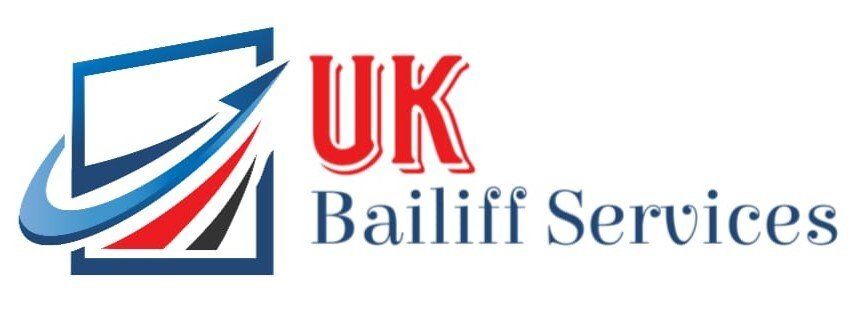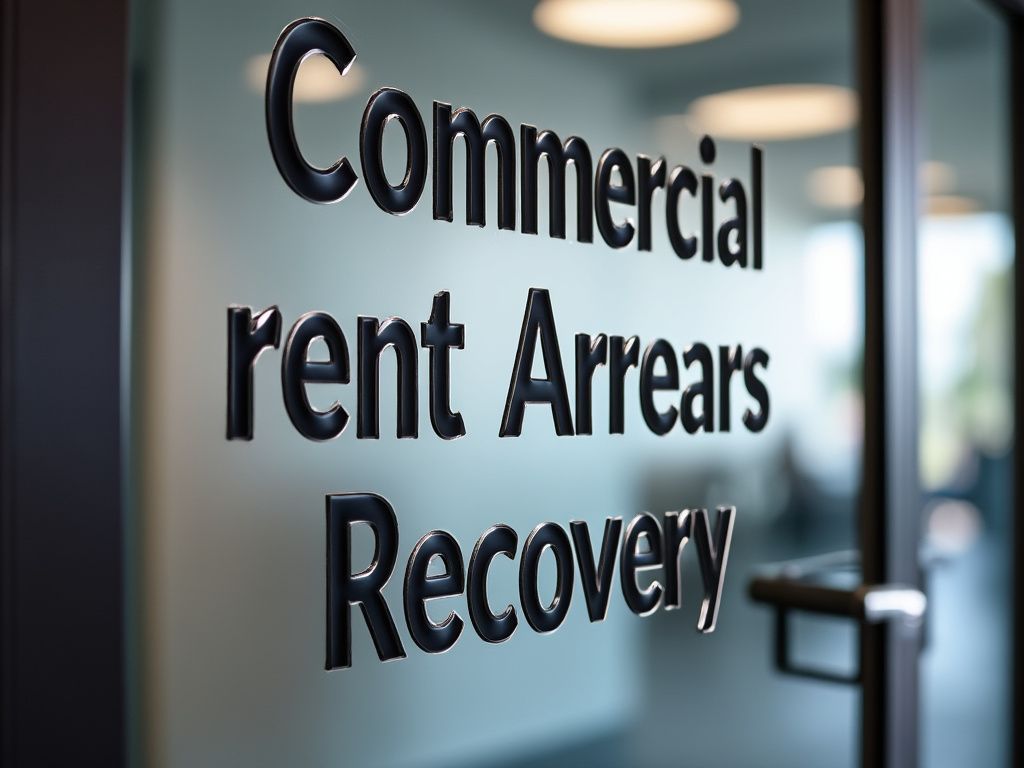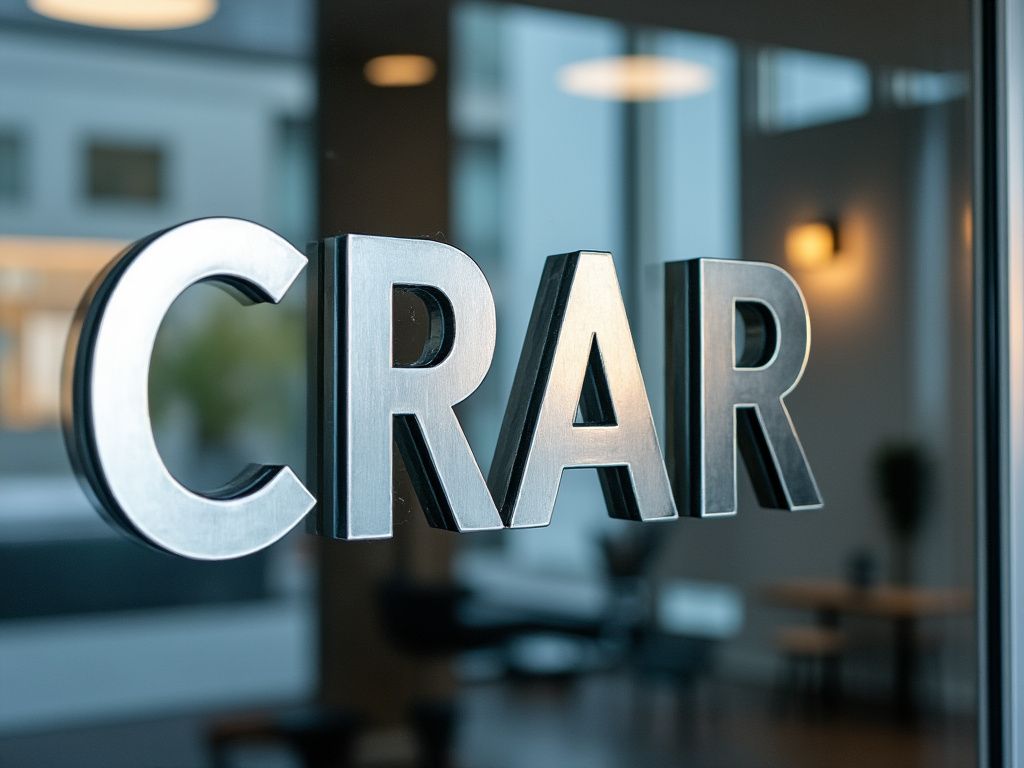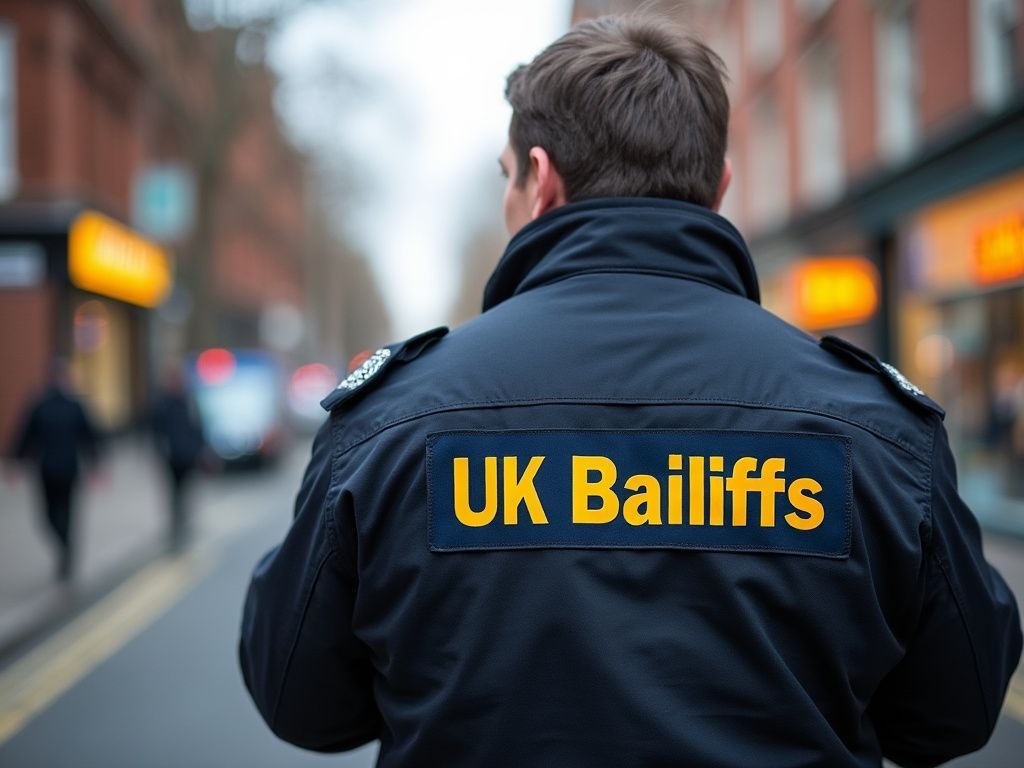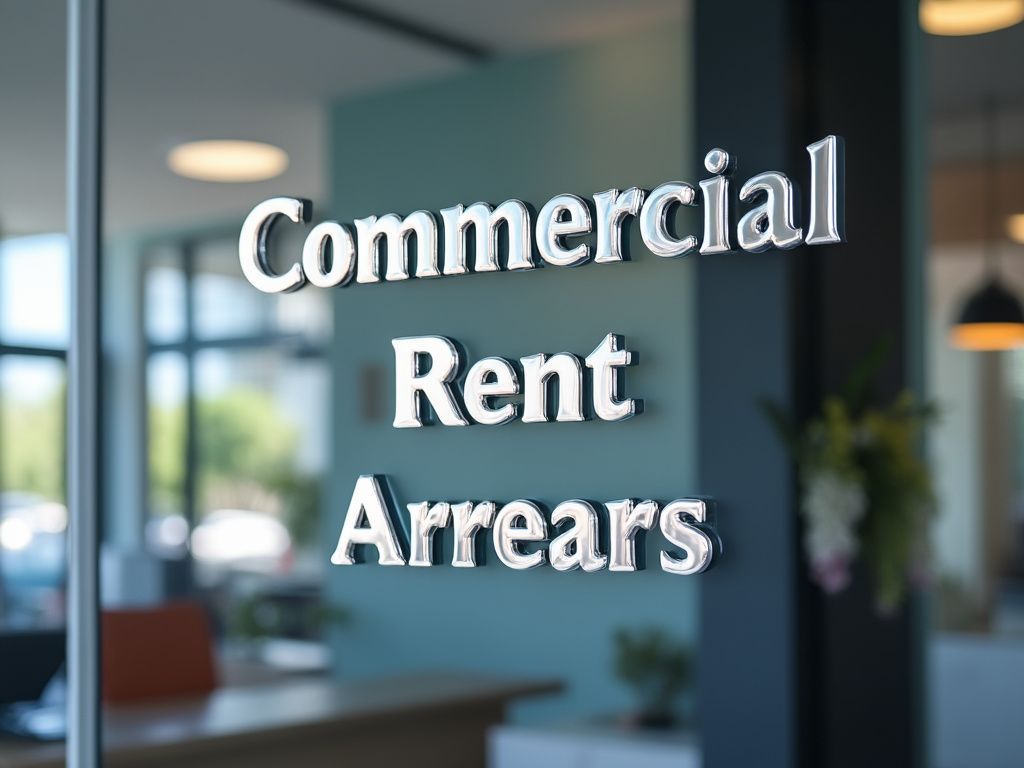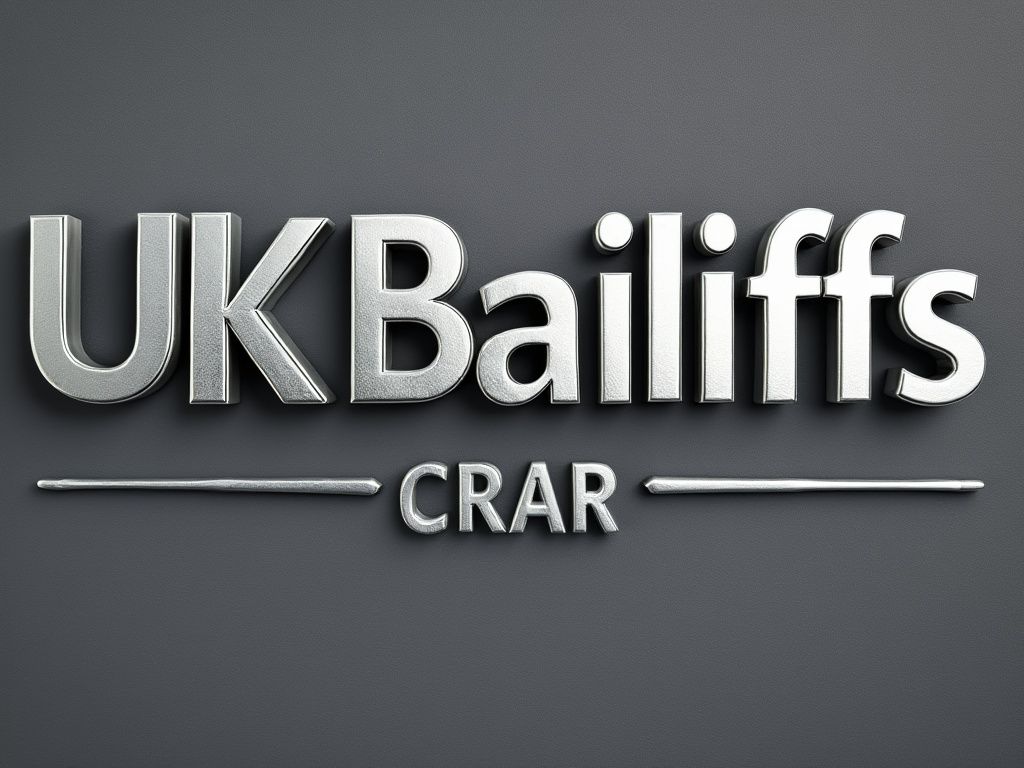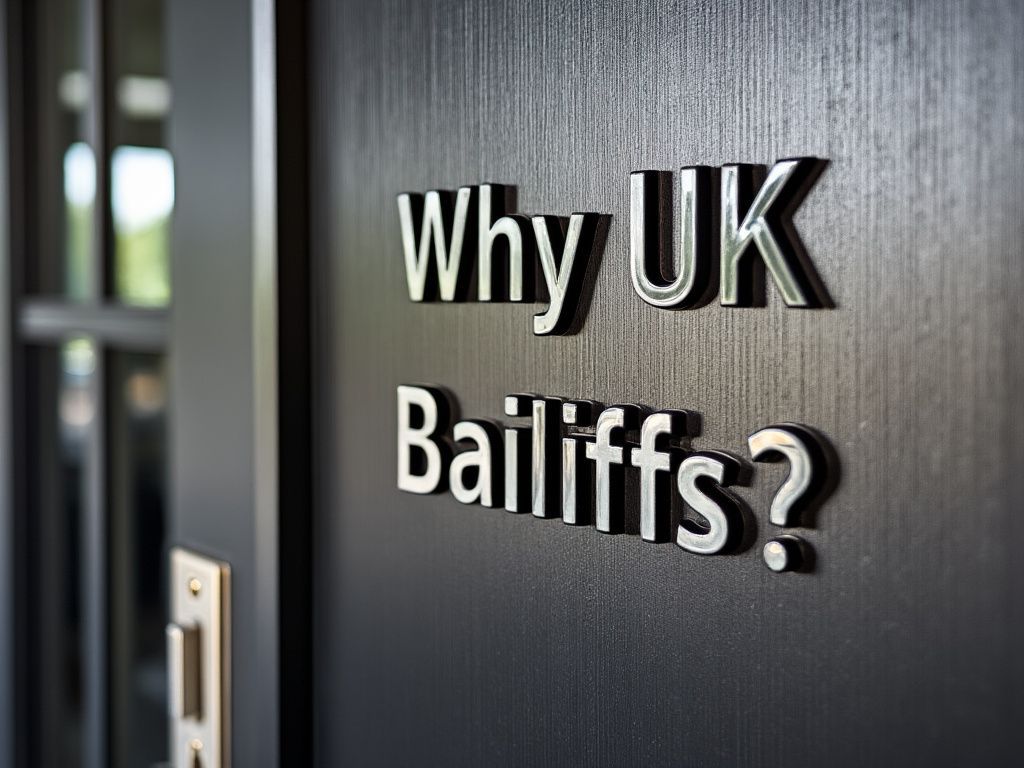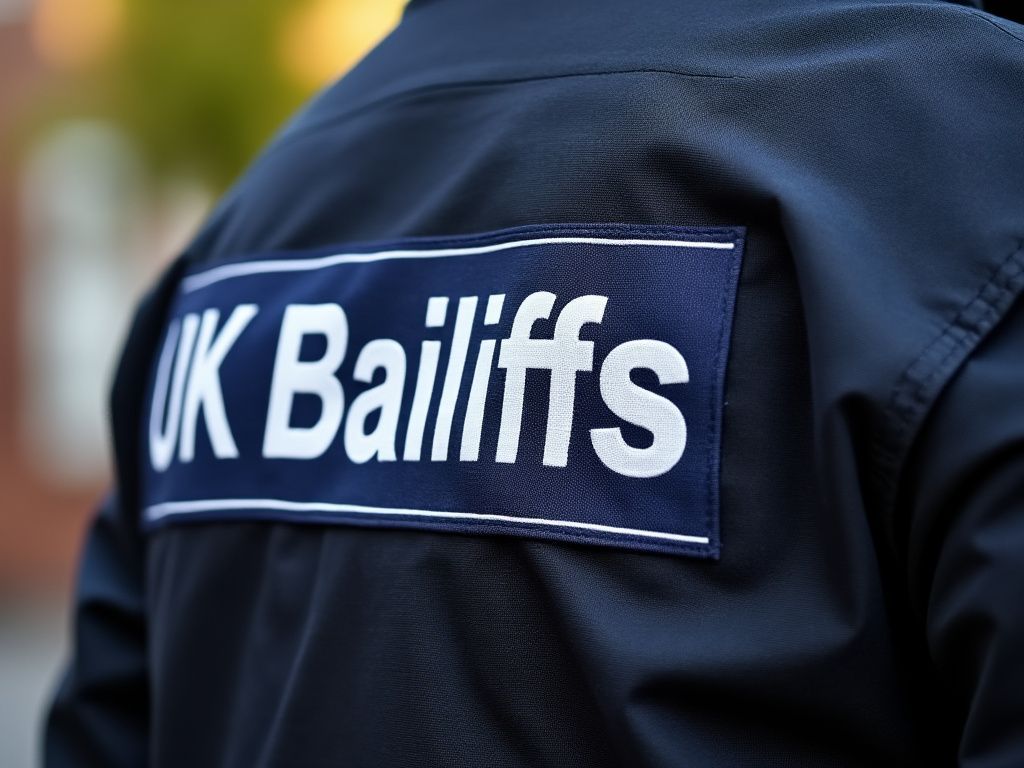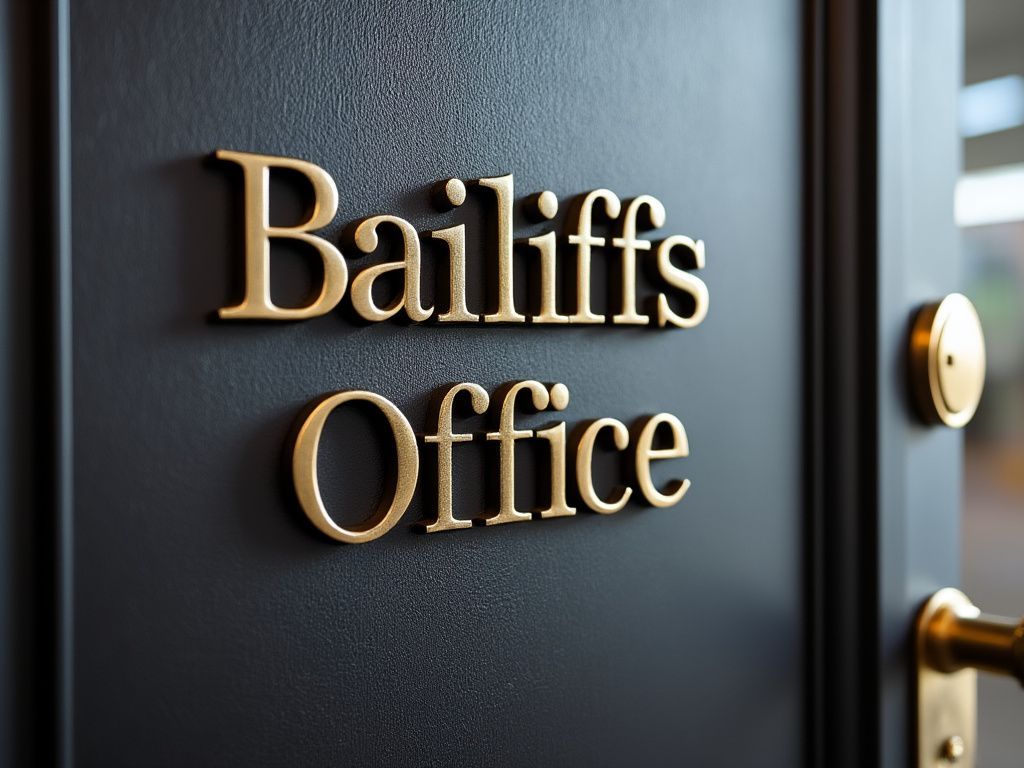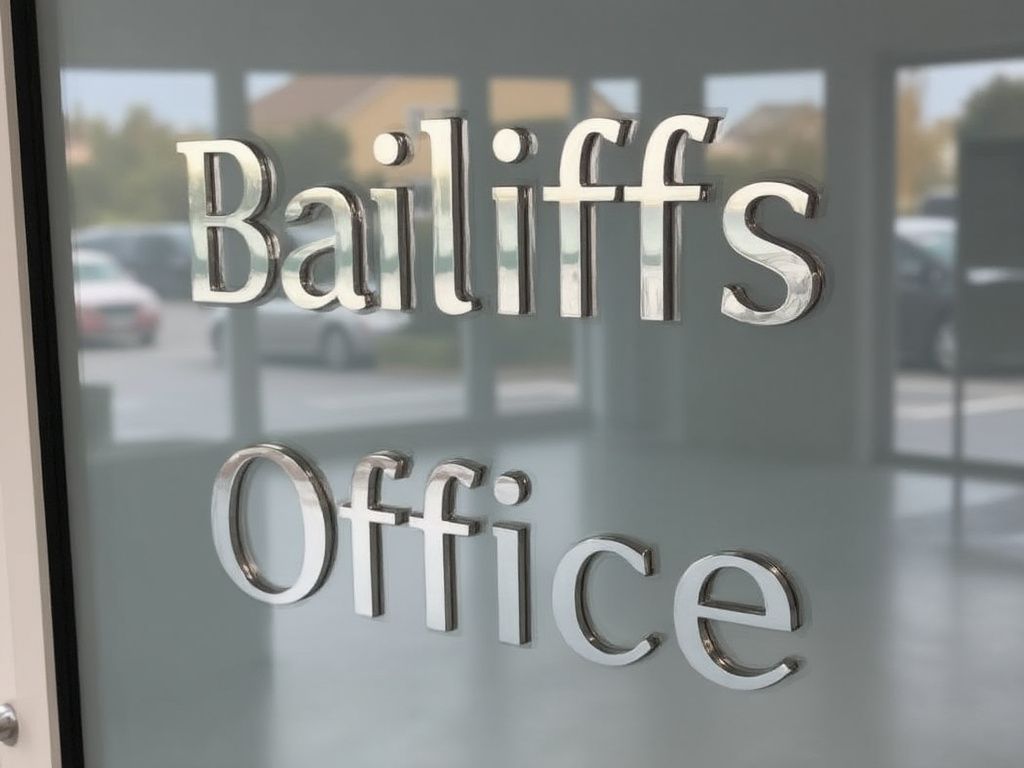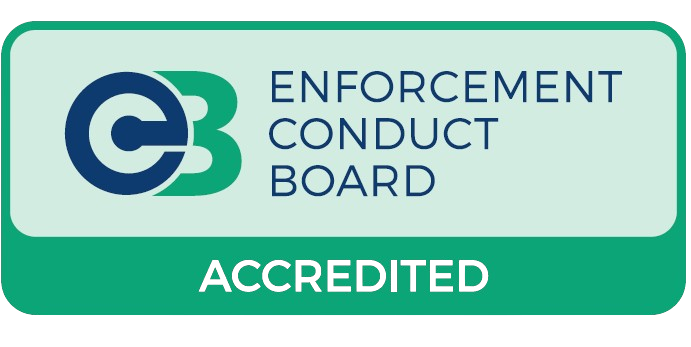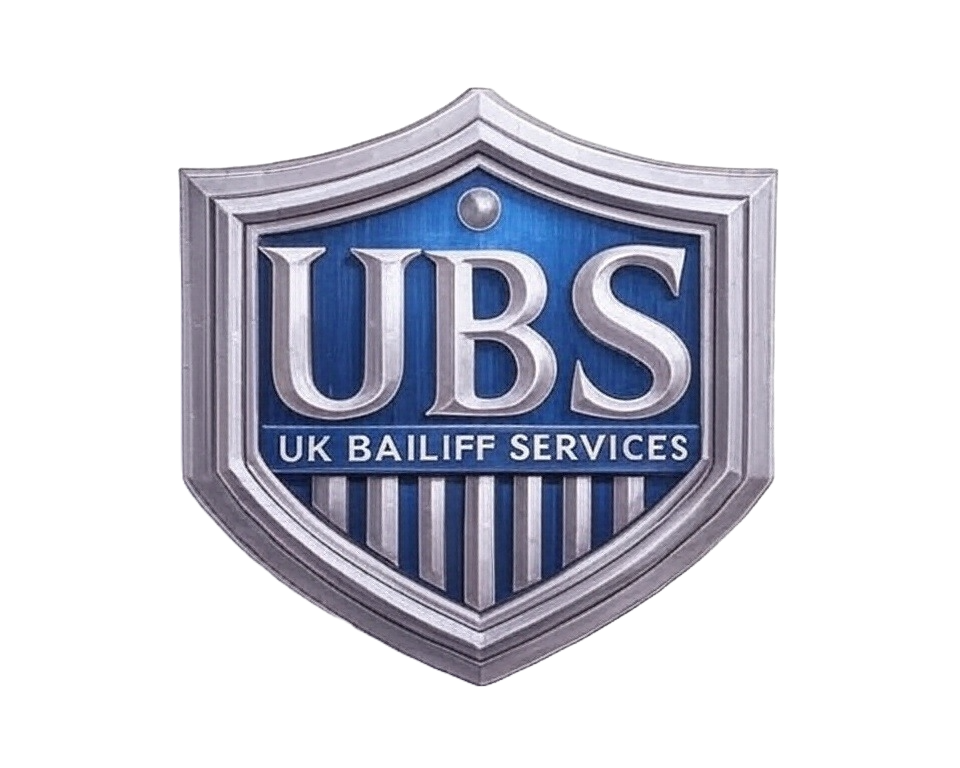BAILIFF Services / COMMERCIAL RENT ARREARS RECOVERY / CRAR
WHAT IS COMMERCIAL RENT ARREARS RECOVERY ? - HOW IT CAN BE USED TO RECOVER YOUR OUTSTANDING COMMERCIAL RENT ARREARS BY SEIZING TENANTS GOODS
Commercial Rent Arrears Recovery
Our Certificated Enforcement Agents (Bailiffs) will attend your rental property and collect your commercial tenants outstanding rent arrears - usually at no cost to the landlord*
Commercial Rent Arrears Recovery is regulated under Section 72 of the Tribunal Courts and Enforcement Act 2007 and the Taking Control of Goods Regulations 2014
Commercial Rent Arrears Recovery (CRAR) is a statutory process in the United Kingdom that allows landlords to recover unpaid rent from commercial tenants. It enables landlords to instruct enforcement agents to seize goods from the tenant's premises to recover the debt. UK Bailiffs provides a professional and efficient CRAR service, ensuring landlords can recover outstanding rent while complying with legal requirements.
Introduced under the Tribunals, Courts and Enforcement Act 2007, CRAR replaced the ancient common law remedy of "distress for rent." It allows landlords of commercial properties to take control of a tenant's goods without going to court, provided certain conditions are met. CRAR is a non-court procedure, making it a quick and cost-effective solution for landlords dealing with rent arrears.

Our CRAR Process
- Instruct us online - our online form takes a few minutes to complete and generates an automated Warrant.
- Initial Assessment: UK Bailiffs conducts a review of the lease agreement and outstanding rent to confirm eligibility for CRAR.
- Notice of Enforcement: A 7-day Notice of Enforcement is issued to the tenant, giving them an opportunity to pay the arrears before enforcement action is taken.
- Enforcement Action: If the tenant does not settle the arrears, UK Bailiffs' enforcement agents attend the premises to take control of goods, in accordance with the regulations set out in the Taking Control of Goods (Fees) Regulations 2014.
- Sale of Goods: If payment is not made, the seized goods may be sold at auction to recover the debt.
- Detailed Reporting: Full documentation and photographic evidence are provided throughout the process to ensure transparency and compliance.
Advantages of Using CRAR
No Court Involvement: CRAR is a non-court procedure, making it faster and less costly than litigation.
Efficient Debt Recovery: Provides landlords with a streamlined method for recovering rent arrears.
Legal Compliance: Ensures all actions are taken in accordance with UK legislation, minimizing the risk of legal disputes.
Legislation Governing CRAR
Tribunals, Courts and Enforcement Act 2007: Establishes the legal framework for CRAR, replacing common law distress for rent.
Taking Control of Goods Regulations 2013: Outlines the procedures for enforcement agents when taking control of goods.
Taking Control of Goods (Fees) Regulations 2014: Specifies the fee structure for enforcement actions.

VAT on CRAR Enforcement Fees - What You Need to Know
Recent changes by HMRC and HCEOA regarding VAT on Commercial Rent Arrears Recovery (CRAR) enforcement fees:
- For Non-VAT Registered Landlords:
- The tenant (debtor) will be responsible for the VAT on top of the enforcement fees. (For Example) If the enforcement fee is £310, the tenant would pay £372, with £62 being VAT.
- For VAT Registered Landlords:
- The tenant will pay the (example) enforcement fee of £310 directly to us. On receipt of this payment, UK Bailiffs will issue you an invoice for the £62 VAT. Once you pay this VAT to us, you will be able to reclaim this amount from HMRC.
INSTRUCTION FORM
Completing the form does not constitute a contract or acceptance of the instruction.
Once submitted, we will email you a copy of the Warrant for acceptance and then we will begin the process. We may also request further details as part of our due diligence procedures. If you have any questions in relation to the instructions, please email us HERE or phone 03301331818
What is CRAR?
Commercial Rent Arrears Recovery (CRAR) is a powerful tool for landlords to recover unpaid rent from commercial tenants. Introduced on April 6, 2014, CRAR replaced the ancient common law right of distress. Through this process, landlords can instruct an enforcement agent (bailiff) to seize and, if necessary, sell a tenant’s goods to recover the owed rent. This procedure requires serving legal notices on the tenant.
Defining the Landlord
Under CRAR, a landlord is “the person entitled to the immediate reversion in the property comprised in the lease.” This means any landlord whose immediate tenant has defaulted on rent can exercise CRAR.
Applicability of CRAR
CRAR applies to all written commercial tenancies, whether legal or equitable, including tenancies at will. It excludes licences to occupy and tenancies at sufferance (where a tenant remains in occupation after the lease expires without the landlord’s consent). Importantly, invoking CRAR waives any right to forfeit the lease for that rental period.
Mixed-Use Premises
CRAR applies only to leases where the premises are used for commercial purposes. However, if a residential occupation breaches the lease terms, CRAR remains applicable. This prevents commercial tenants from avoiding CRAR by allowing residential use of part of the premises.
Recoverable Rent Under CRAR
Under CRAR, "rent" is defined as the amount payable for possession and use of the premises, including interest and VAT. It excludes rates, services, repairs, maintenance, or insurance, even if termed as rent in the lease. For inclusive rents, only the portion attributable to possession and use is recoverable.
Conditions for Exercising CRAR
Before CRAR can be exercised, the following conditions must be met:
- The tenant must be in arrears before the Notice of Enforcement is issued.
- The arrears amount must be certain or calculable.
- The “net unpaid rent” must equal or exceed seven days' rent.
- The tenant must remain in arrears when goods are seized.
- The enforcement agent must give seven clear days' notice.
Authorising CRAR
Landlords must authorise an enforcement agent in writing, providing detailed information including:
- Date of authorization
- Landlord’s name and contact details
- Details of the authorized agent
- Identification of the commercial premises
- Amount of rent owed
- Period for which the rent is due
CRAR After Lease Termination
CRAR can only be applied if goods were seized before the lease ended or if rent was due and payable before the lease termination, meeting specific conditions:
- The lease did not end by forfeiture.
- No more than six months have passed since the lease ended.
- The rent was due at lease end.
- The tenant remains in possession of part of the premises.
- Any new lease is a commercial lease.
- The landlord retains the immediate reversion.
Recovering Rent from an Under-Tenant
Landlords can direct an under-tenant to pay rent directly to them instead of the immediate tenant through a Section 81 Notice. This occurs when a tenant sub-leases the premises and defaults on rent. The notice compels the subtenant to pay their rent to the superior landlord until the arrears are settled. Failure to comply allows the superior landlord to exercise CRAR and other remedies against the under-tenant.
The Section 81 Notice must include:
- Landlord’s details and date of notice
- Amount of recoverable rent
- Confirmation of direct payment requirement until arrears are settled
- Withdrawal rights under paragraph 55 of the regulations
Should the under-tenant fail to pay, they become an immediate tenant for enforcement purposes, enabling CRAR and other recovery methods.

